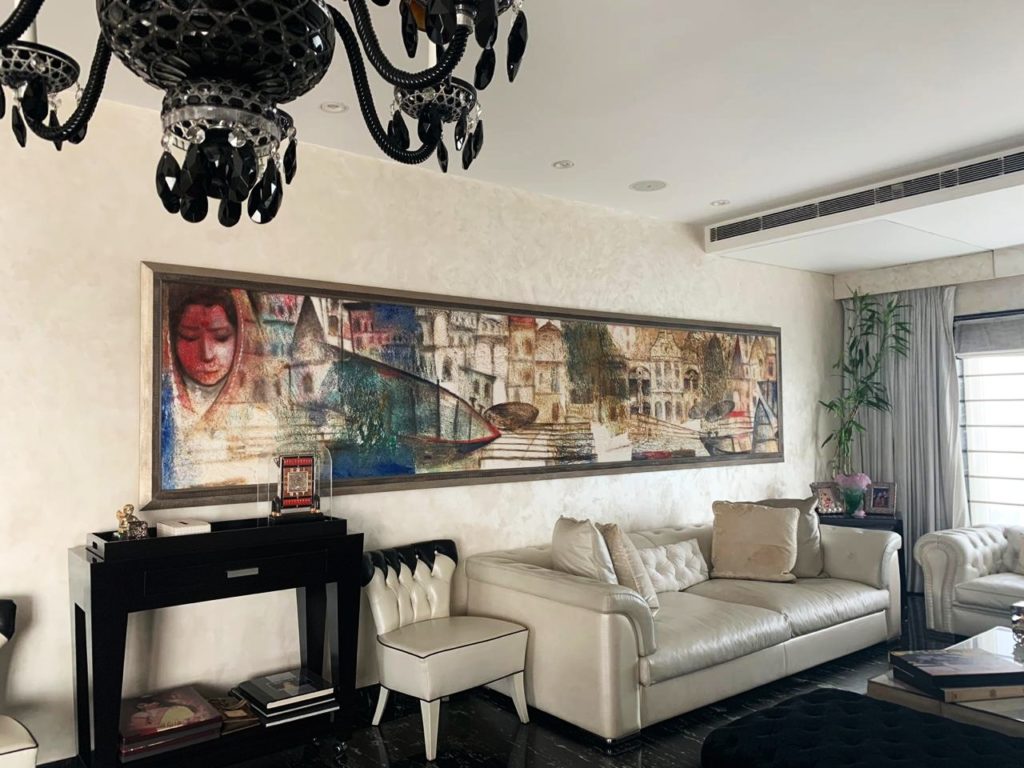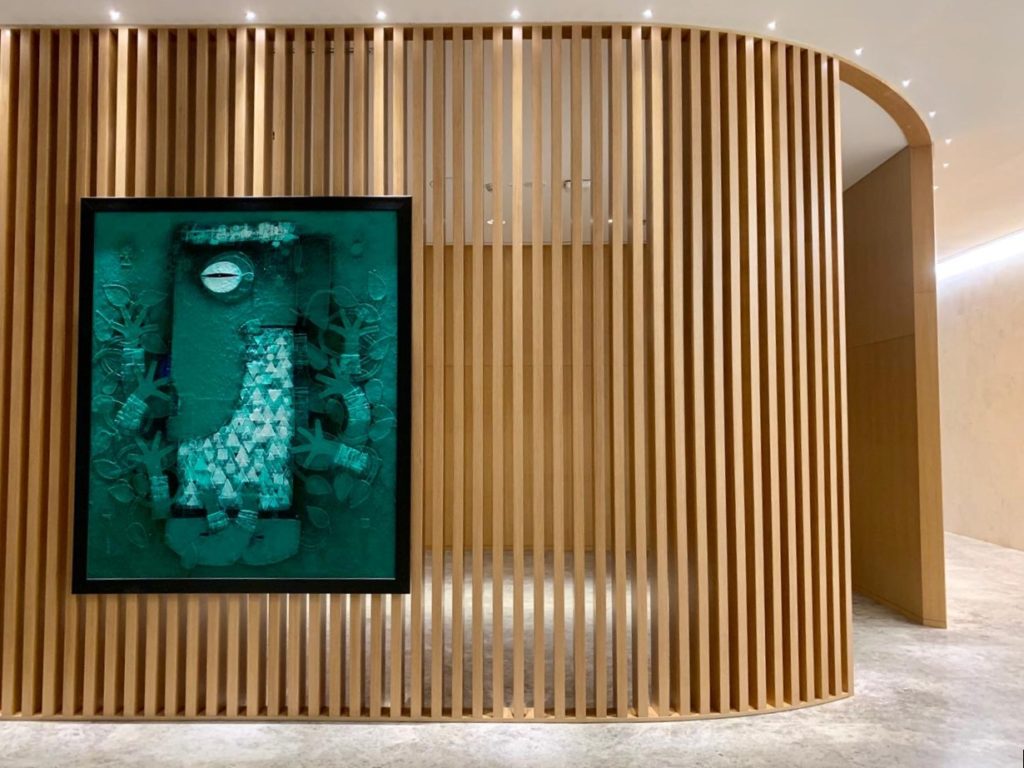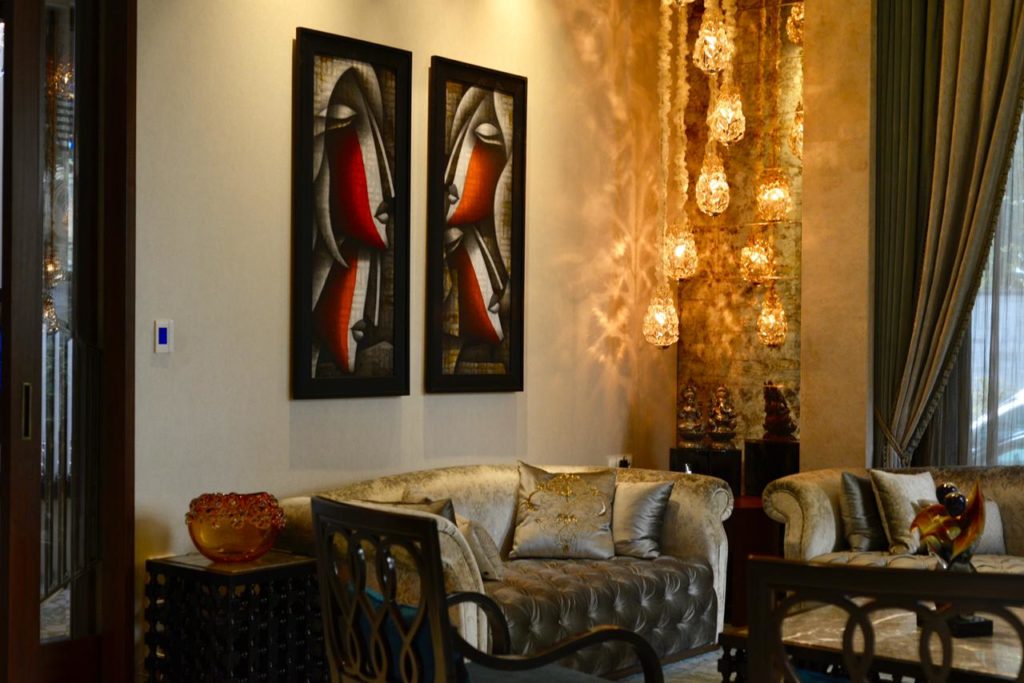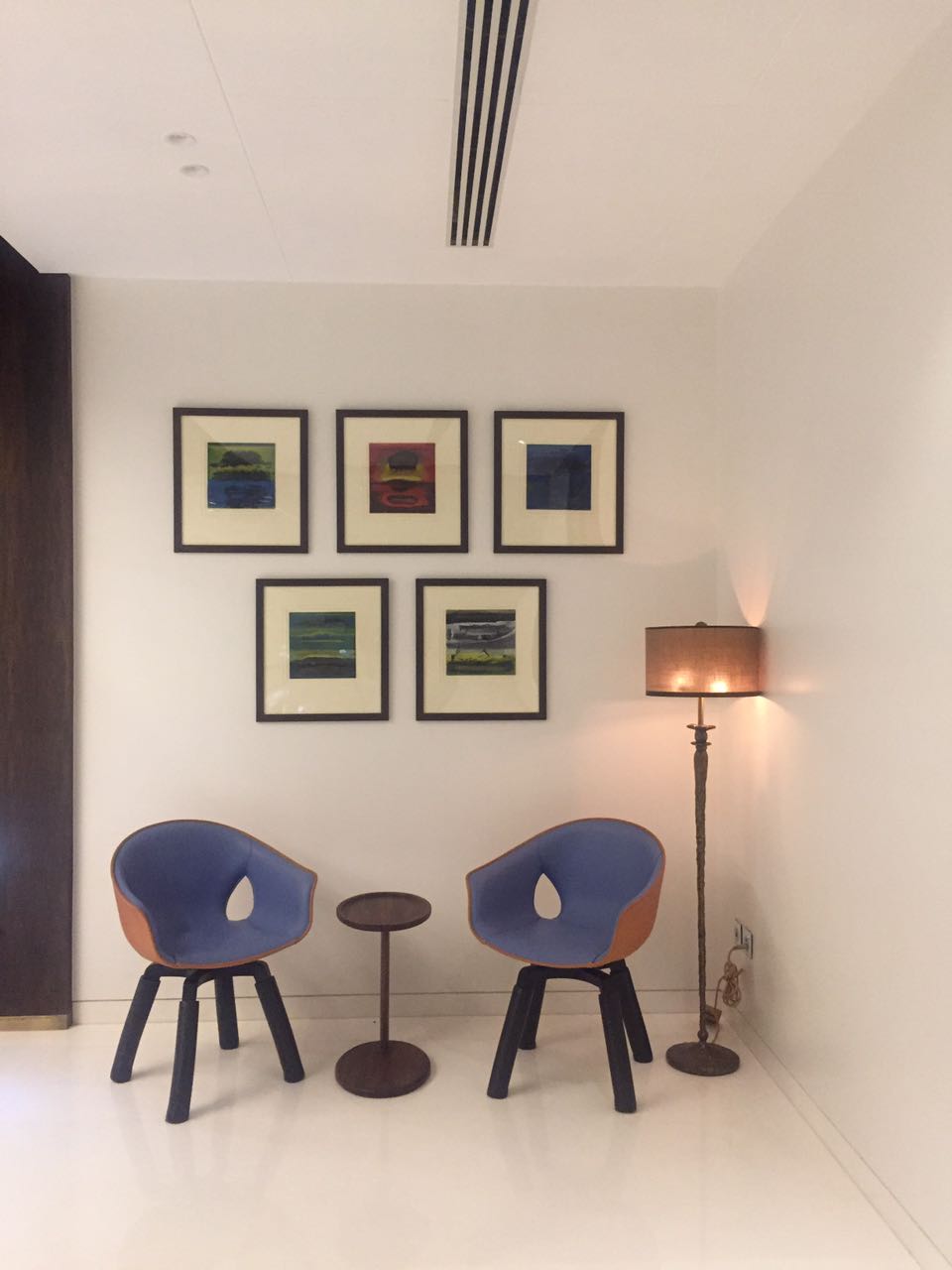Art as an investment vehicle is gaining popularity thanks to accessibility and an increase in gallery space across the country.
In June 2019, Sotheby’s London Auction of Modern & Contemporary South Asian Art included one of the only 10 works by Amrita Sher-Gil called Trees remaining private hands outside the country and pop art works by Bhupen Khakhar apart from M.F. Husain’s works. This clearly is an indication of the kind of art that India is known for. Naturally then, art today is not just an aesthetic addition to a space but also an investment.
Contemporary Cues
Young collectors are open to risky, new endeavours, and are turning to social media to research new trends, engaged with new artists, and purchase artwork. Aradhana Dalmia, Founder, The Artemist, a platform for art consultation opines, “art connoisseurs generally approach galleries or art consultants to help them identify pieces of art. A few collectors turn to buying from online and offline art auctions too. Apart from getting the right guidance and doing their own research, the artwork should resonate with the collectors to seal the deal.” According to recent survey by National museum, 51% visual artists are woman. “Names such as Pooja Sood, Bharti Kher, Shilpa Gupta, Seema Kohli &andJagdip Jagpal, are artists to look out for who are leading by example in lending a voice and building platforms for women artists and a testimony of that is the sheer number of shows by women artists in the last few years in India and abroad. Artists like Bharti Kher have got international acclaim and won recognition in Chevalier dans l’Ordre des Arts et des Lettres, awards held in France,” says Abhigna Kedia, a Resin artist based in Bangalore. India has a strong gallery culture with experimental galleries that invest in discovering the unknown talent, with names such as Chemould Prescott Road, Experimenter Kolkata, Tarq, Mumbai, Jhaveri Contemporary Mumbai, Vadhera Art Gallery, New Delhi, Gallery Threshold New Delhi. “Mumbai and New Delhi still remain the largest centers for business, however, with a significant fair in South East Asia region, such as India Art Fair and a biennale of note at Kochi, the two new platforms that push new frontiers of art – from business as well as experimentation point of view, the overall art market has had a new infusion of energy. This also has brought Indian and sub-continent art to the notice of significant galleries across the world. Investment values, however, are driven by masters, especially through auction houses such as Saffronart and art galleries such as DAG, Pundoles’ and Vadhera, there is a clear movement towards considering the contemporary works,” says Artist Rahul Inamdar.

Invest Right
Art has always been one of the appreciated investments across the globe which has attracted global investors around the world and it has become an excellent choice establishing high yields and low risks. “Choosing the right art is one of the crucial tasks as it requires in-depth knowledge of the industry and can be considered as choosing the right company to invest in. Therefore one should establish due diligence to protect it from counterfeit. Art can be very tempting investment with lots of glamour, creative mystique and potential high value returns. However one must understand that art comes with its own risk and expenses. The rarity of a work of art is what gives its value. So an original art piece will always be worth more than other reproduction, print or serigraph. Art is a long-hold asset. At minimum you should be looking to live with your acquisition for 5 to 10 years to see a real return,” avers Govind Kanhai, Artist. Buying art is an expensive but lucrative investment. “You should have some passion and knowledge about art. There are a lot of images auctioned and sold in an unbelievable range of prices. Some people say there is a risk to invest in these but in my opinion, art is a universal business, people investing worldwide so you got a chance to play the universal art arena. Art connoisseurs know this market perfectly depends on the country and people, and then only they invest,” says L. Ramchandran, a self-taught photographer. Art as an investment has found its footing in the market today. There has always been a lack of depth in the market, this is now changing especially in modern Indian painting. “In modern Indian art, the safest and best bets are Gaitonde, Tyeb, Raza, Souza, Husain, Padamsee, Raam Kumar. I see a lot of opportunities in names like Krishen Khanna, Bhupen Khakhar, Ghulam Mohammed Sheikh, Rameshwar Broota. Within contemporary painters, there is an established order with Subodh Gupta, Jitish Kallat, Thukral and Tagra, Nikhil Chopra, VN Aji, Bharti Kher, amongst others. There are regional artists like Douglas from Madras School, Natraj Sharma from Baroda. These are niche artists but would be great choices,” says Ashvin Rajagopalan, Director, Piramal Museum of Art.

New Vistas
One of the most prominent trends has been that across both new and seasoned buyers, there is increasing interest in works made in new media. Today, a collector wants to build a collection that has moved beyond canvas painting and also includes mixed media art, and three-dimensional new media pieces that play with materials like paper, ceramics, metal, resin, glass and more to name a few. Vaishnavi Murali, Founder and Curator, Eikowa Art says, “we are seeing the emergence of the new-age art patron who is quite interested in exploring artworks by contemporary Indian artists, and not just tied to taking on ‘safe bets’ by purchasing masters. Patrons are paying more attention to their emotional connect with an artwork, rather than viewing art as a pure investment. The new-age collector wants to connect with the artwork and would also like it to be a part of their home décor. The decision to buy art is more personal and driven by individual tastes today.” New-age collectors are ushering in exciting, fresh behavioral shifts in the art market. The art scene is definitely transitioning from an elite scene to a more inclusive one. “The number of individuals pursuing their creative interests is on the rise. The street art scene is exploding as well and that’s an interesting dimension since a much broader lifestyle and culture exists around it which includes music, fashion and sports as well. Artists to look out for are Sameer Kulavoor, Aniruddh Mehta, Sajid Wajid Shaikh, Priyesh Trivedi, and Rithika Merchant among others,” says Sahil Arora, Founder, Method, an art gallery in Mumbai. Artist Swati Pasari adds, “the art connoisseurs, today, have invested their time in going back to the modernist trends and re-introducing modernist artists who were otherwise faced with underestimation in their own time. A rather constant trend marked with consistency through time is an inclination towards pieces that appeal to the aesthetics and speak in the language that is accommodating within interior spaces.”

Tech Talk
Technology is playing a huge role in opening the market to new buyers. For collectors, being able to experience and visualize the artwork in their own space is crucial. Eikowa for instance has recently introduced a visualizing and rendering engine that allows the buyer to visualize how the art will look in their homes. With this visualization tool, you can basically upload a picture of your walls and see how an artwork looks propped against them. The fact that technology helps make informed buying decisions is an absolutely game-changing development for collectors.
Tips
- Talk to gallerists to know more about the art and the artist.
- Understand the career trajectory of the artist you are planning to buy.
- Visit art shows in your city, read about art online and in art magazines and then make the purchase.
- Buy from galleries to ensure you are getting genuine pieces and have all the documents required for your art to be valued in the secondary market.
- Obtain a certificate of authenticity from an expert, preferably the foremost authority on the artist.
All images courtesy: The Artemist
